Bold as brassware – new on-trend finishes are anything but chrome
Tue 6th Jul 2021 by Lisa Hibberd
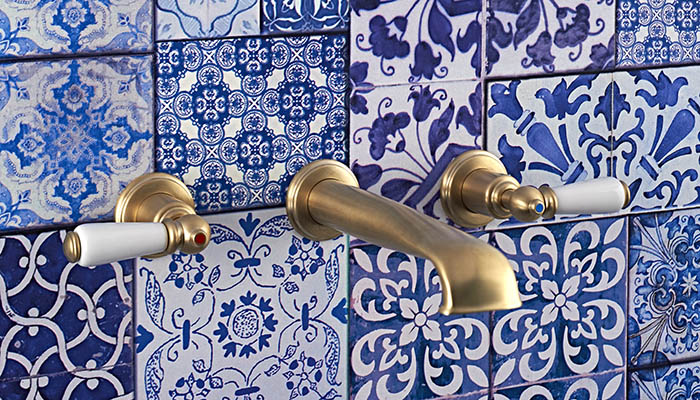
Bold as brassware – new on-trend finishes are anything but chrome
Gone are the days when bathroom taps and fittings were limited to trusty chrome – consumers now have a wealth of options when it comes to finishes. From sleek rose gold to sumptuous satin brass, Lisa Hibberd takes a look at some of the latest brassware on the block.
It’s clear that consumers are beginning to think outside the box when it comes to brassware, but why are these unusual finishes enjoying such an increase in popularity? We asked Jay Phillips, UK MD of Hansgrohe, who believes that individualisation is set to continue its hold over bathroom design as pioneering developments in manufacturing invigorate the market. “Bathroom taps in particular are becoming one-of-a-kind works of art that can be used to enhance an interior scheme and deliver a higher specification finish,” he explains.
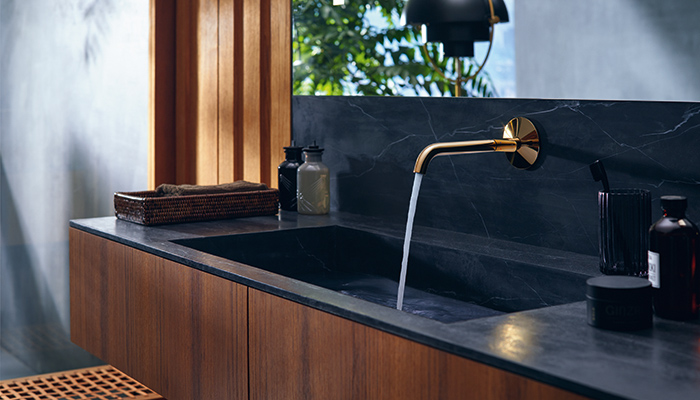
“Bathroom design is experiencing very long-lasting waves, especially when it comes to the development of colours and materials,” adds Stefan Gesing, CEO of Dornbracht. “In the 1980s, colours were very significant in both sanitary ceramics and fittings. Later, the trend towards minimalism developed with white as the sanitary colour and chrome as the colour for fittings. Now more colour is coming back into the bathroom.”
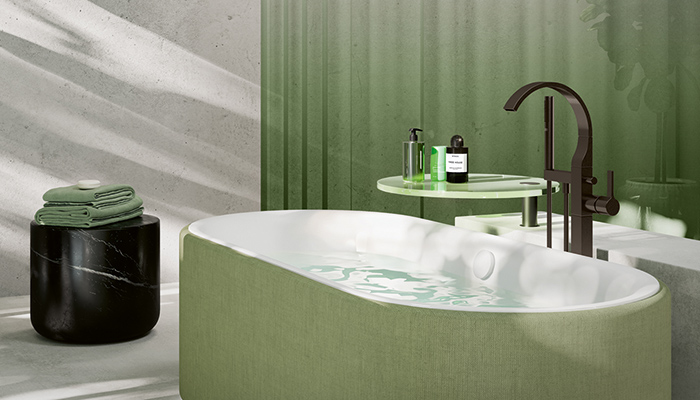
So how can bathroom designers ensure that these new and luxurious possibilities are used successfully? Ash Chilver, sales director at HiB, recommends that designers incorporate unusual brassware finishes into a the scheme from the very beginning of the process. "This means that a higher level of detail and interest can be achieved across the completed design that they may not otherwise accomplish. When used in the wrong scheme, however, unconventional finishes can become jarring and clash with the overall look of the space, so it does need to be carefully considered.”

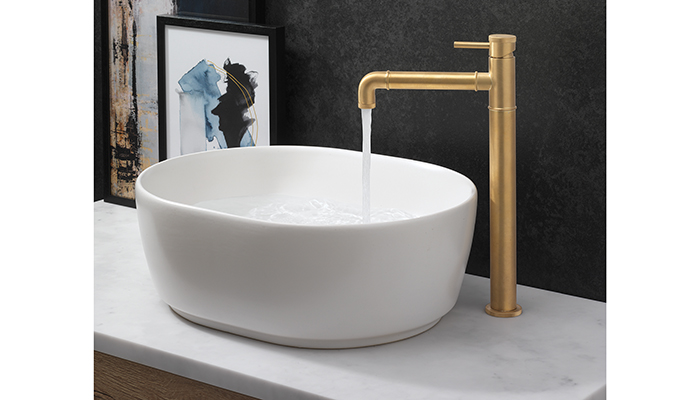
In a showroom setting, retailers can showcase this new, wider choice to full effect. "Metallic-effect brassware, such as brushed brass, rose gold and copper, provide beautiful warm metal tones and will add a richness of texture against ‘cooler’ materials such as white sanitaryware, marble and concrete,” says Richard Eaton, brassware product manager for PJH. "Collectively, this all allows bathroom designers to achieve more of a bespoke look with the opportunity for greater creativity and a premium finish.”
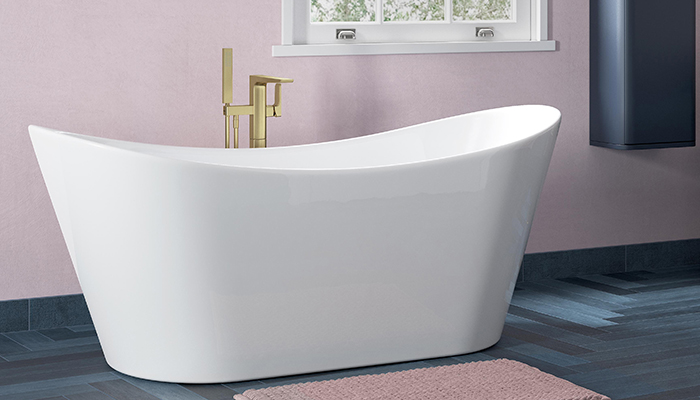
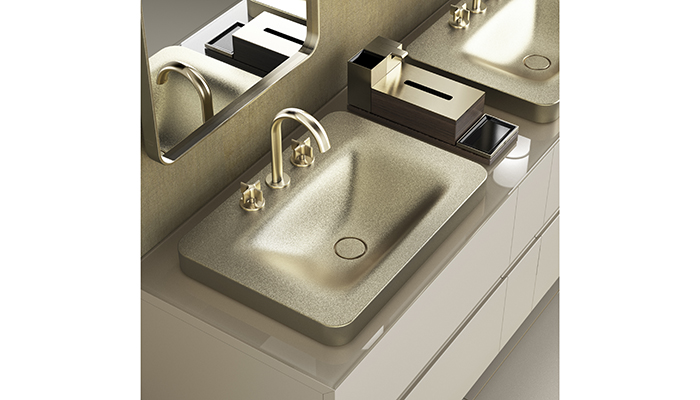
Many manufacturers are now using PVD (Physical Vapour Deposition) for their latest finishes to ensure that they offer both superior quality as well as style. This state-of-the-art technology results in a surface that is up to three times harder than normal electro-plated finishes. "PVD finishes give customers a sense of peace of mind and protection,” says Paul Bailey, leader, category specialist UK, LIXIL EMENA, responsible for Grohe bathroom product category in the UK. “When purchasing new brassware fittings, customers shop with both design and quality in mind. PVD finishes give consumers heightened protection when purchasing coloured brassware and helps to meet their expectation on longevity.”
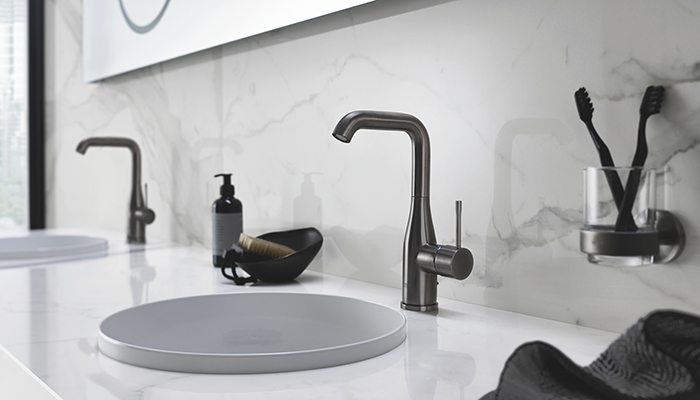
PVD finishes not only give a wider variety of colour options to the end consumer, they also achieve a much more hardwearing finish, and are often up to 10 times more scratch resistant than their chrome counterparts. Bart Sobieszczanski, designer at Ideal Standard, explains: “One of the biggest reasons PVD is a hardier finish is due to how it’s made. Compared to traditional chrome finishes, which are dipped into a tank and then plated, PVD finishes are manufactured using a heated vacuum chamber creating a partially ionised metal vapour. At this high temperature, the fittings attract the vapour allowing them to be evenly coated with a film – ensuring a flawless finish every time.”
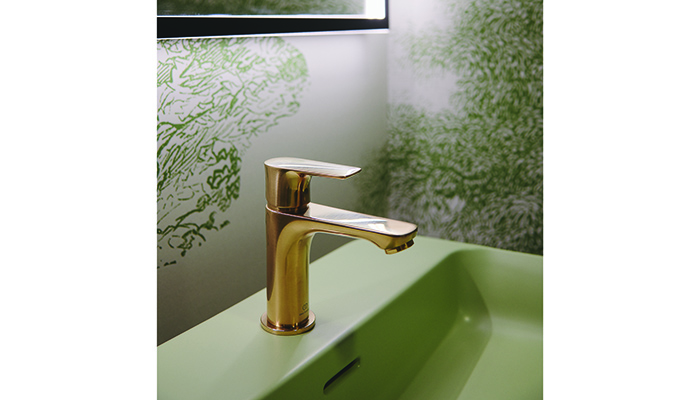
Jonathon Britton, brand manager at Perrin & Rowe EMEAA, predicts that the trend for unique brassware is set to last some time. “The move away from chrome as the default finish will continue, and the choice will increase even further. The argument for investing in the design and quality of your bathroom taps has never been stronger.”
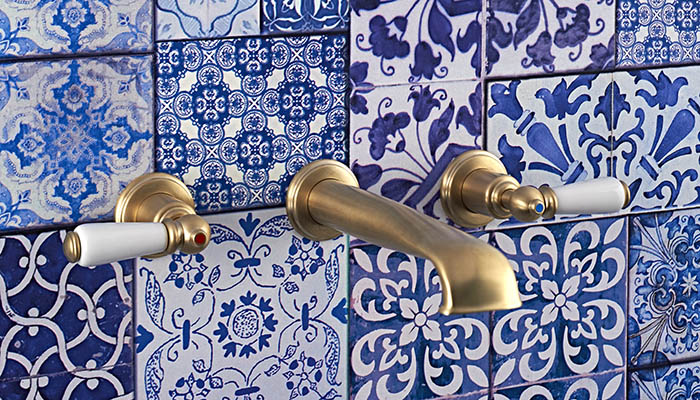
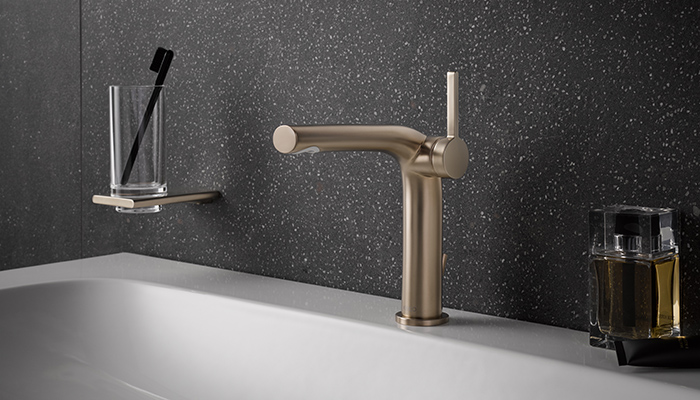
Tags: bathrooms, features, brassware, taps, pvd, finishes, brushed brass, perrin & rowe, hansgrohe, dornbracht, hib, crosswater, pjh, grohe, roca, ideal standard, keuco


























